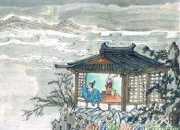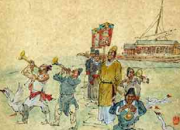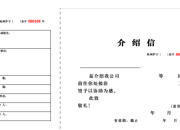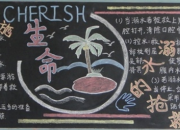装饰圣诞树的英语作文
时间:2021-08-31Although it is generally agreed that the Christmas tree in its current form came from Germany in the early 19th century, the tradition of decorating a tree to mark winter celebrations dates back hundreds of years to Roman times, when they used to decorate evergreen trees with small pieces of metal to celebrate Saturnalia.
In medieval times the 'Paradise Play' was performed every year on 24 December. This depicted the creation of Man and the fall of Adam and Eve from the Garden of Eden and always included an evergreen hung with apples which represented the apple tree of temptation.
There is a legend that St Boniface, an English monk, came upon a group of pagans gathered around an oak tree who were preparing to sacrifice a child to the God Thor. In order to stop the sacrifice, and save the child's life, St Boniface is said to have felled the tree with one blow of his fist. Later on, a fir tree grew in place of the oak and this, St Boniface told the pagans, was the Tree of Life and represented the Christ Child.
Legend also suggests that, in the late 16th century, Martin Luther (the founder of the Protestant religion) was the first to decorate an indoor tree with candles when he attempted to recreate the stars shining over a forest of evergreens.
The first mention of decorated trees being taken indoors came in 1605 in Germany - a country with a long Christmas tree history! The trees were initially decorated with fruit and sweets together with hand made objects such as quilled snowflakes and stars. German Christmas Markets began to sell shaped gingerbreads and wax ornaments which people bought as souvenirs of the fair and took home to hang on their tree.
Tinsel was also invented in Germany in about 1610. Up until fairly recently real silver was used, which was pulled into wafer thin strips by special machines. This was durable but tarnished quickly and mmany experiments took plaace to try and find an alternative - including a mix of lead and tin, which was too heavy and kept breaking. It was only in the mid 20th century that a viable alternative was found.











